ARCHAEOLOGICAL WONDERS AND EUROPEAN NEOCLASSICISM AT KÖNIGSPLATZ IN MUNICH/BAVARIA
Next to my apartment, on my everyday way to work I pass a very special place, which many tourists put on their to-do list while visiting Munich. The local people gather here in the summer, almost every day to enjoy their time the best way possible, getting a bit of sun and relax. It is called Königsplatz - King's Square.
A square built in the style of European Neoclassicism in the 19th century, with a purpose to be centre of cultural life, now a place highly appreciated by tourists and locals.
It was designed by Karl von Fischer working for Crown Prince Ludwig of Bavaria and laid out by Leo von Klenze.
Ludwig I, wanted to make the city of Munich a centre of the arts by means of his art collections and museum buildings, "Isar-Athens", as he called it. Therefore, he designed the Königsplatz to resemble the Acropolis in Greek Athens. Klenze framed the square with the Glyptothek in the Ionic style that was built from 1816 and the Doric Propylaea- gate eventually finished in 1862.
And here on the steps of Glyptothek, the Munich's oldest public museum- the only museum in the world dedicated solely to ancient sculpture and the State Museum of Classical Art on the opposite- south side of the square, tourist take a break from sightseeing and locals indulge in the act of meeting for social purposes while getting their levels of vitamin D in order, from the very morning to the evening hours.
A vast patch of green grass in front of each of the buildings is usually also occupied by picnic lovers or not easily ashamed fanatics of sunbathing.
During summer evenings, the sounds of beautiful music are reaching one’s ears. The focus is now on the south side building, that is where the tango lessons take place and that is where each evening when the temperature is at least 20 Celsius, for two months in the summer one can witness people dancing and take part in Open Air Tango am Königsplatz. The square is also the spot in the city for organized events like open-air cinema, concerts and other happenings.
The State Collections of Antiquities with its Corinthian style portico hosts works of art and everyday objects such as bronzes, vases and jewellery.
It spans from the Cycladic Culture in the Aegean and ends in the Late Antiquity.
These rare objects of high quality are made of quite diverse materials, metals, ceramic, glass and stone.
Glyptothek. The name is a modern art word. It is made up of the ancient Greek words "glypheine" ("chisel") and "theke" (storage), which literally means a place of storage for sculptures. Entering the building visitor can marvel on one of the finest, archaeological, world-renown collection of Greek and Roman art. The collection was mostly acquired on a journey through Italy made by Ludwig I, some of these works of outstanding beauty are an old property of the Wittelsbach Prince Electors.
Within a spatial ambiance that creates an ideal setting for the works of art, the collection of marble and terracotta statues and artifacts of the highest quality, spans chronologically from the Archaic period (6th century BC) right up until the Roman Empire and the Late Antiquity (1st - 5th century AD).
"Korai" and "kouroi", monumental sculptures of young females and males are the first to see after entering the museum. Standing always in the same stance. As if captured in the moment, naked, full frontal depiction with no weight shifting. In the attempt to walk forward with one leg in front and arms hanging close to the body, gazing upfront and presenting a signature archaic smile.
As one proceeds to the next rooms, the sculptures clearly change their character and posture. They are representing what is called the Classical era- the most stylistic period of Greek art. The new movement in the body is called contrapposto, it engages the entire body changing its arrangement, physically idealizes it and brings it into harmonious balance.
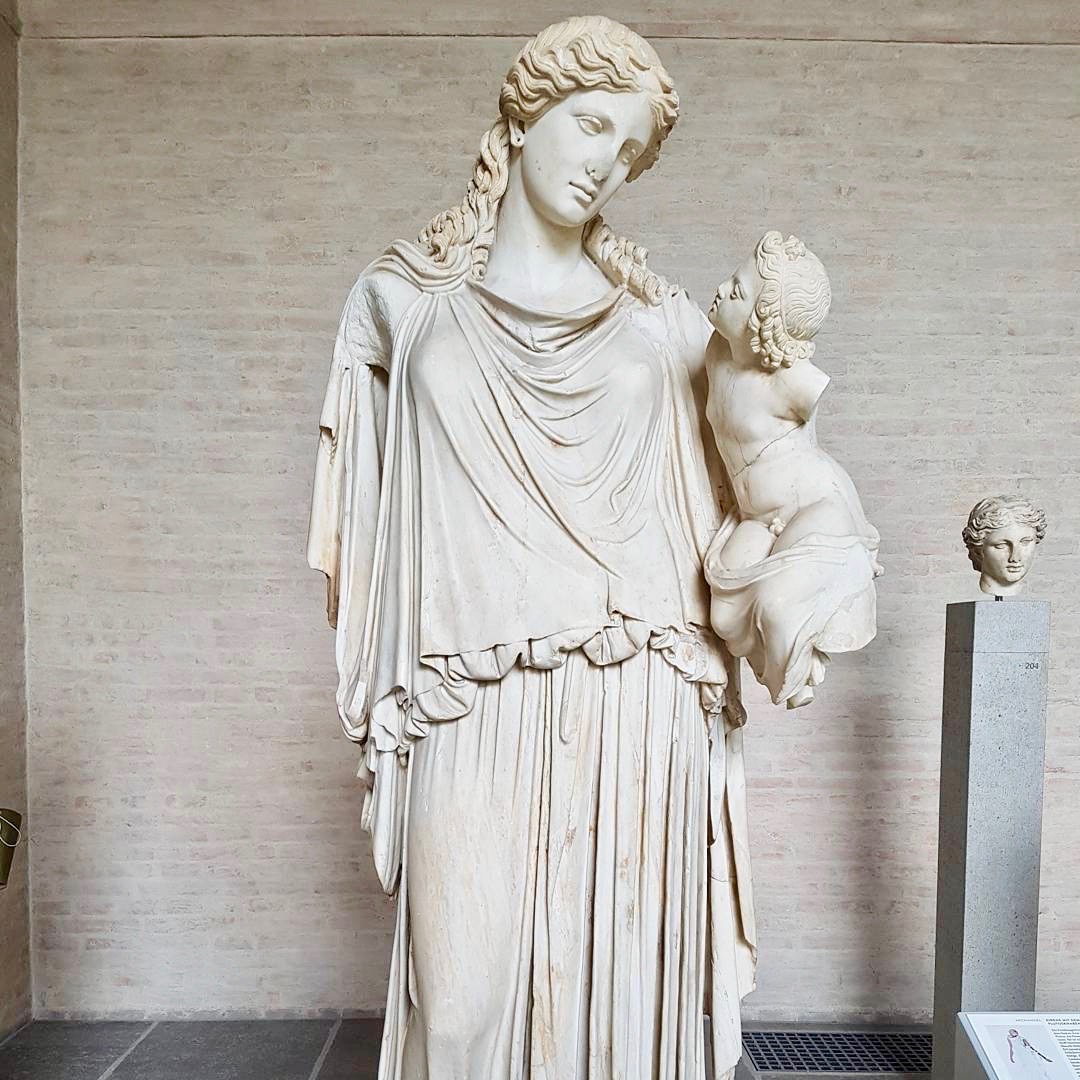
Eirene with young Plutos
In the subsequent exposition halls, the focus is on what is individual and distinctive. Hellenism in its highest form is the human body and character portrayed with its imperfections, where many forms depict various physical states.
And finally in the last part, the Roman contribution to the collection, here in the highest magnitude is the portrait art- depictions of high-ranked politicians used mainly for propaganda purposes. Also worth to mention that some of the sculptures from previous eras are Roman copies of the Greek original.
For over 100 years, the museum has stood out in its splendour.
At the outbreak of the Second World War it was closed, the antiquities were stored in monasteries. Unfortunately, in the summer of 1944, the Glyptothek was hit by bomb attacks which left it without the roof, it led to the slow decay of the stucco on the halls in the following years.
When reconstruction began in the 1960s, a concept developed by Martin von Wagner involved sand-coloured walls, monochrome floors, simple pedestals and large-format windows where the figures should be placed in the middle of the rooms. It was much different than the original coloured marble floors, coloured stucco walls, and vaults.
The Glyptothek reopened in 1972. The antiquities are exposed in front of the simple brick walls of the arched museum rooms, whose architecture is based on Roman thermal baths in an atmosphere that could not have been more impressive even at its original sites in sanctuaries or on marketplaces of ancient cities.
After being damaged primarily in its interior The State Collections of Antiquities was again open in 1967.
And so it is absolutely unavoidable to pass by this place without stopping for a while. Before going home, a quick look at the beautiful purple coloured sky in the last rays of sunlight, before it turns dark. Then one may enjoy the buildings being perfectly lit, exposing the details of the neoclassical architecture, with its wonderfully styled columns and front facades and starry sky in the background.
References
*Photographs taken by @highonthehog
*Other sources : linked below photographs
Dieter Ohly, Glyptothek München: Griechische und römische Skulpturen. Ein Führer, C.H.Beck, 2001
Peter Köpf, Der Königsplatz in München, Ch. Links Verlag, 2005
Raimund Wünsche, Glyptothek, Munich: Masterpieces of Greek and Roman Sculpture, C.H.Beck, 2007
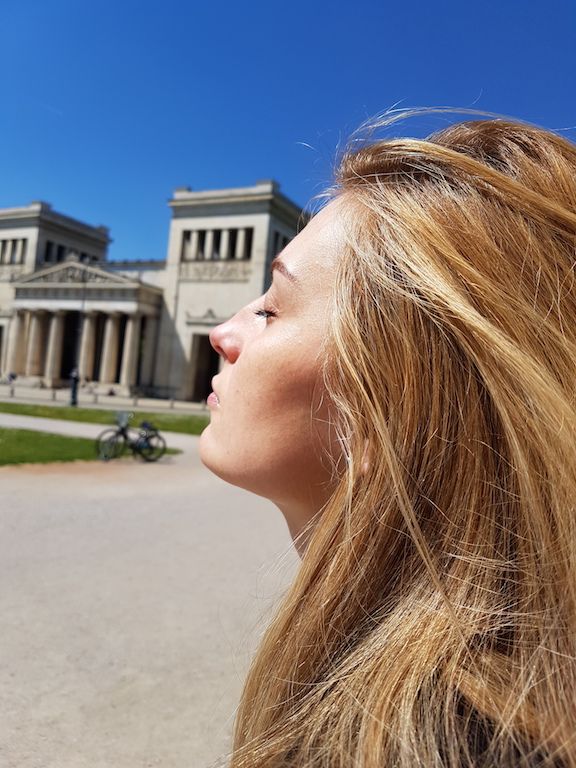
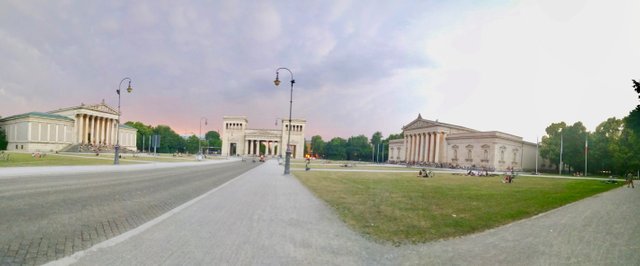
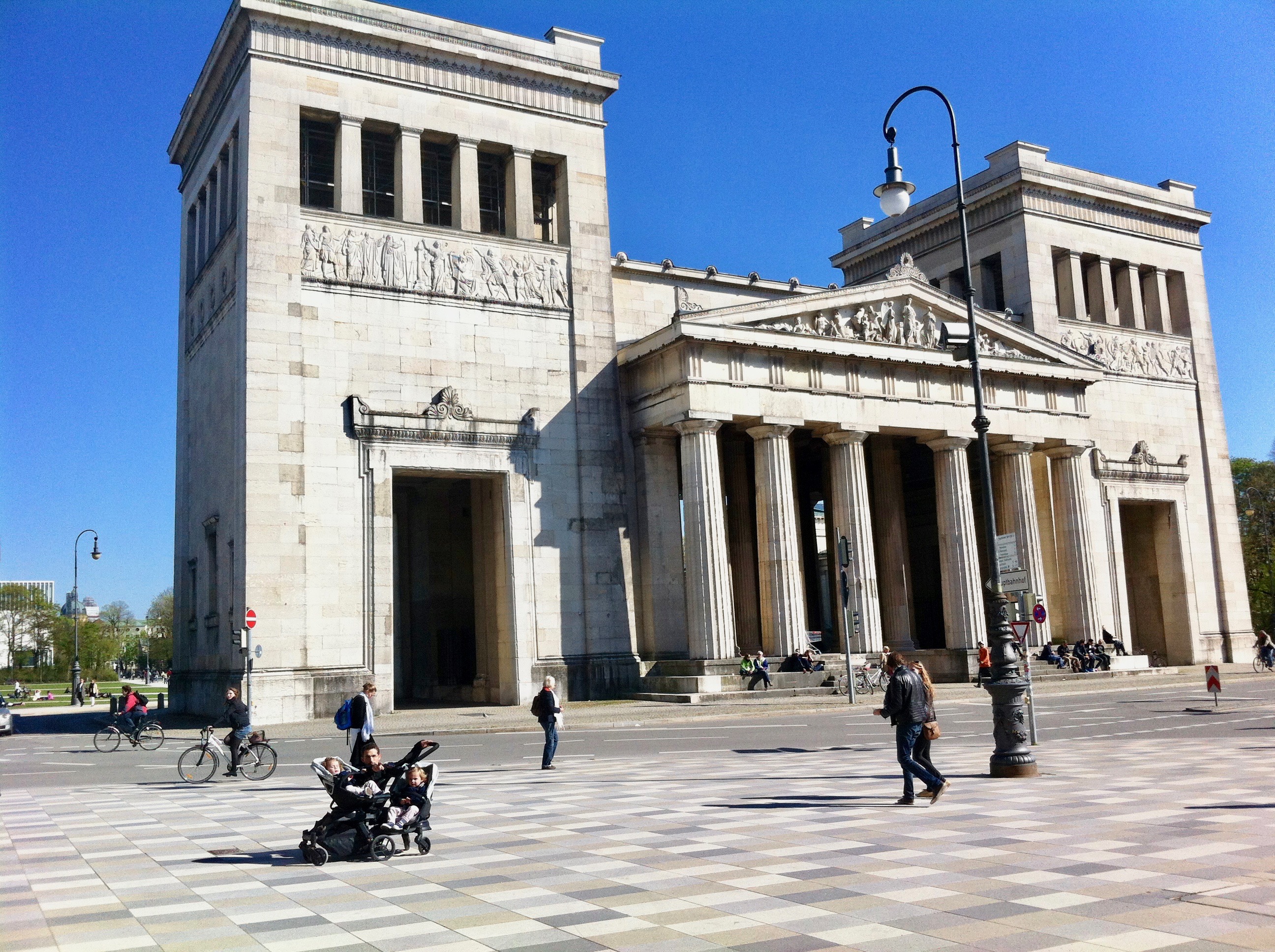
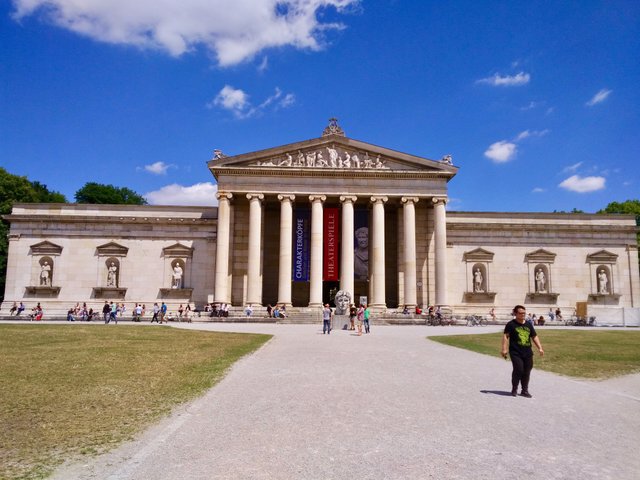
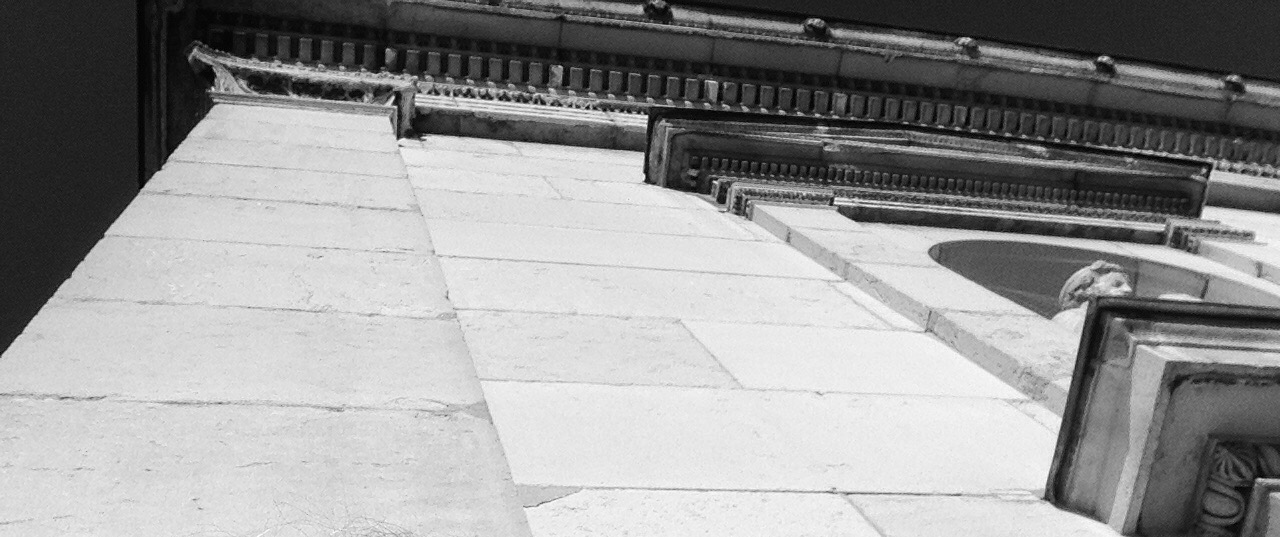
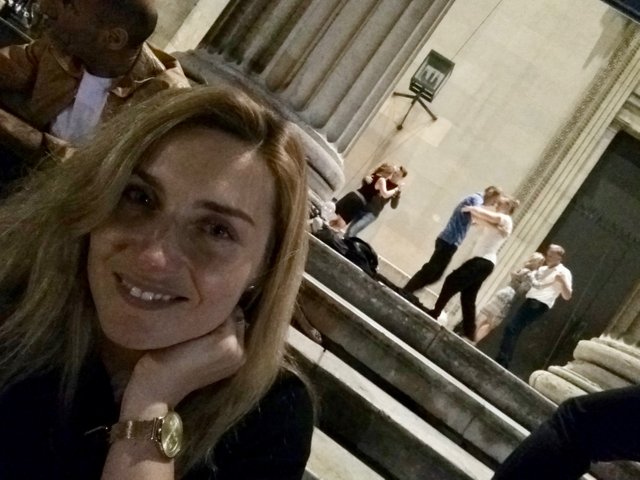
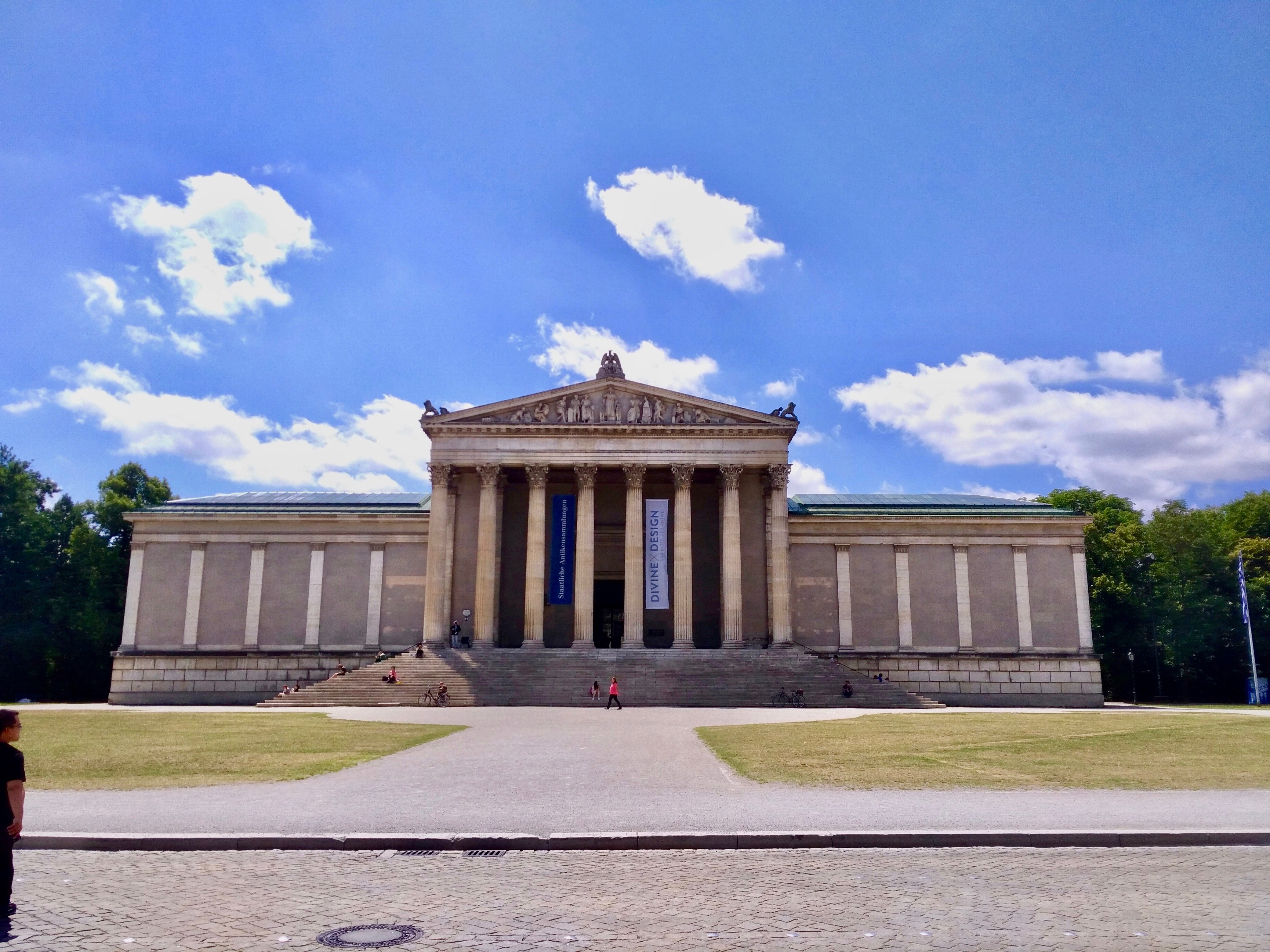
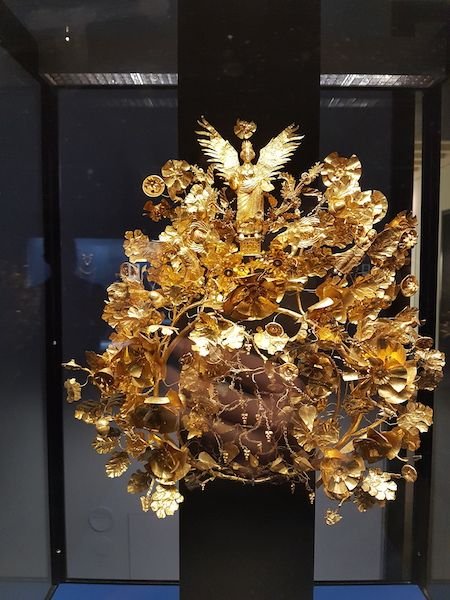
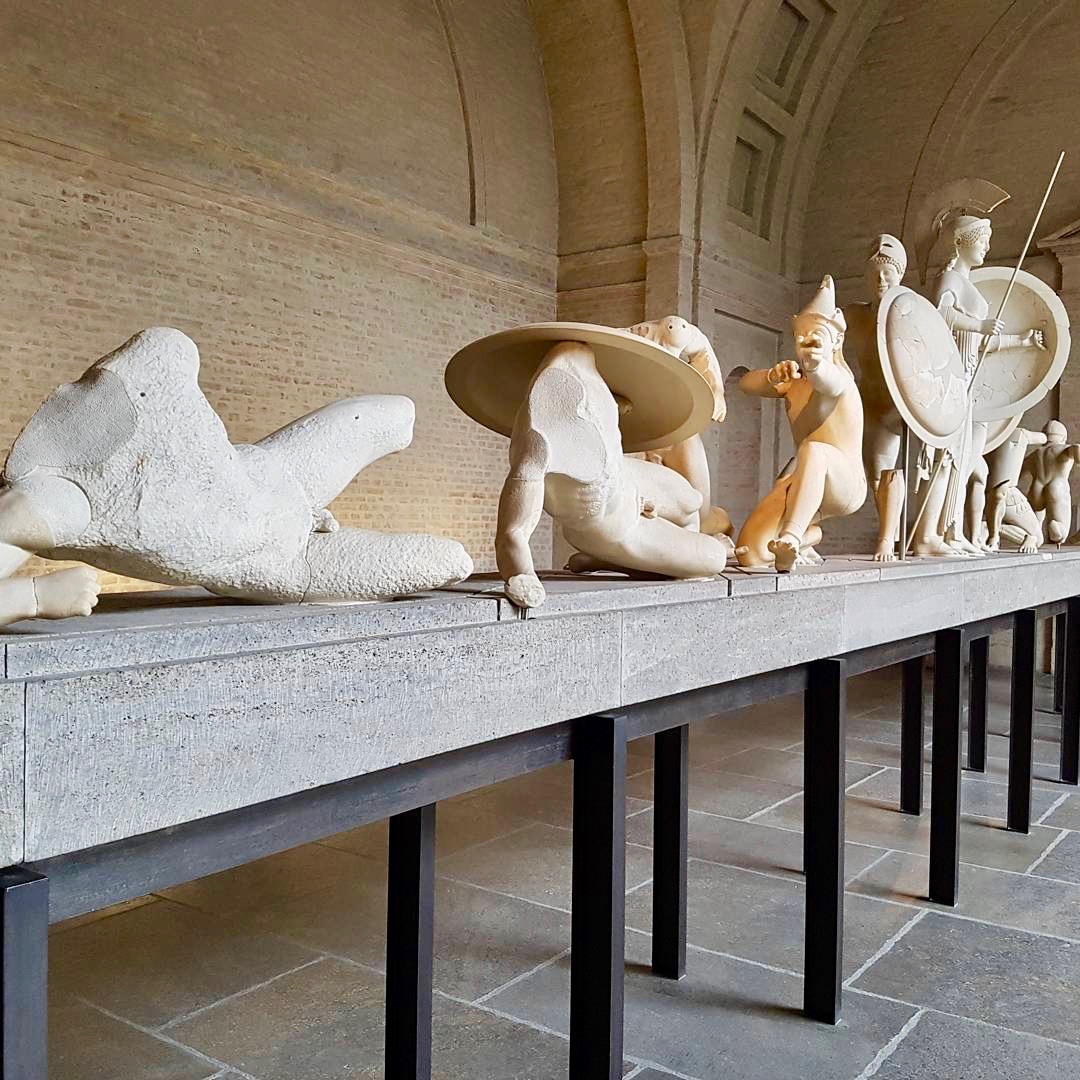
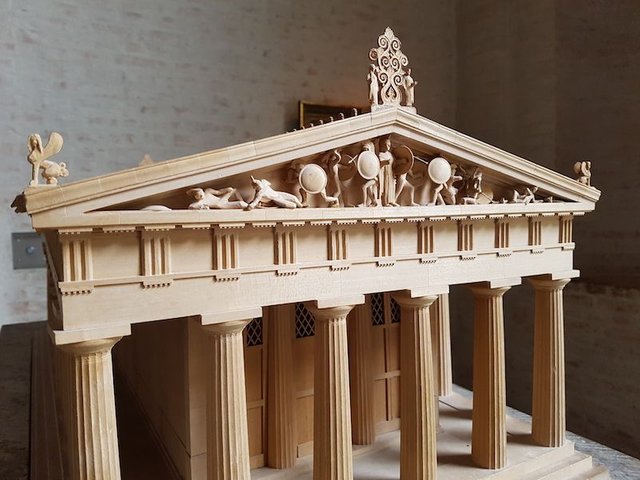
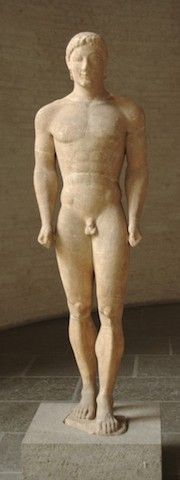
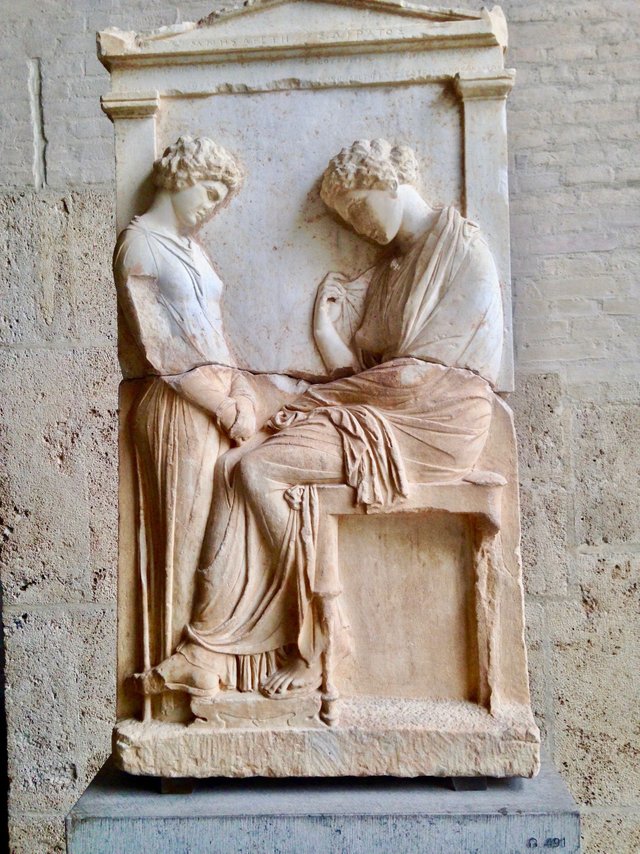
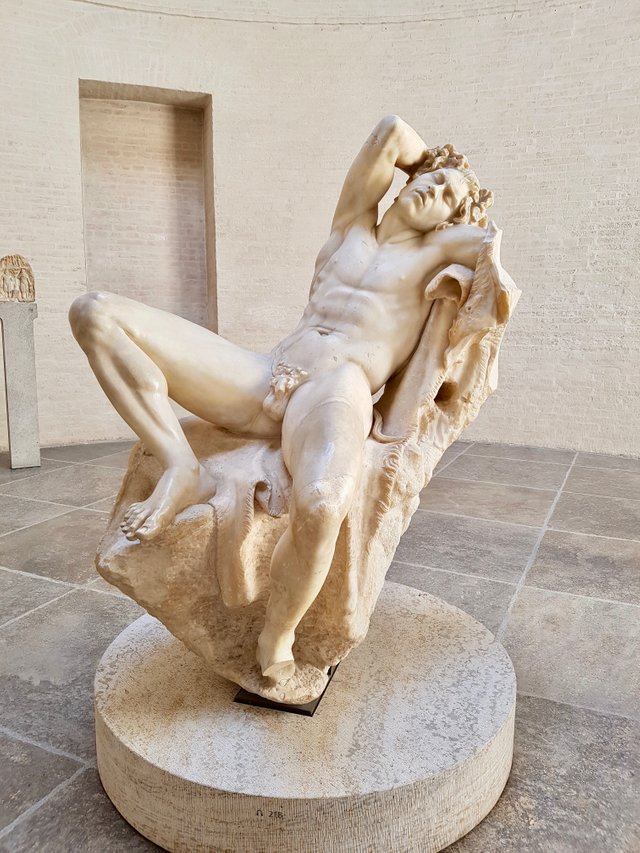
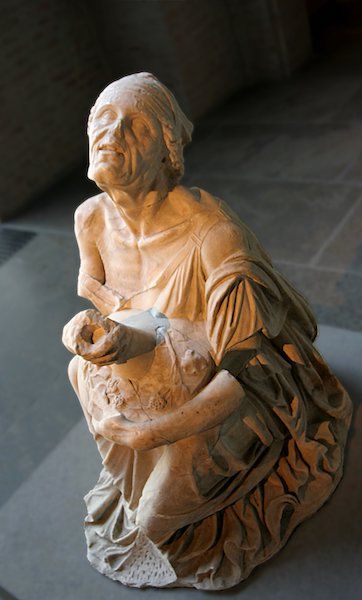
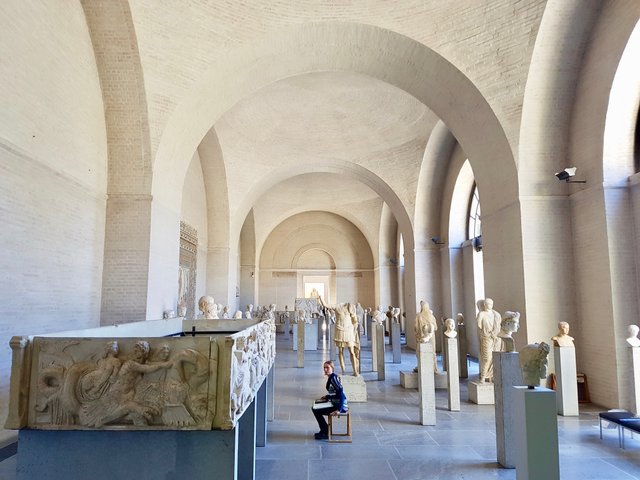
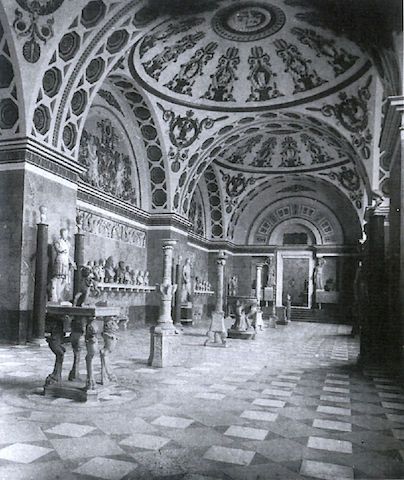
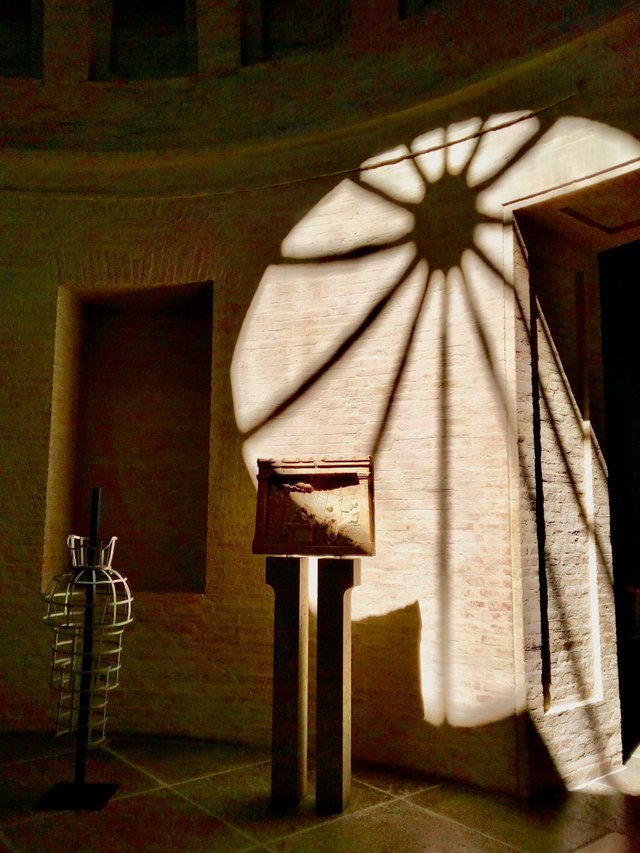


You received a 10.0% upvote since you are not yet a member of geopolis and wrote in the category of "archaeology".
To read more about us and what we do, click here.
https://steemit.com/geopolis/@geopolis/geopolis-the-community-for-global-sciences-update-4
Fun article. Upvoted and resteemed!
Many thanks :)
Congratulations, Your Post Has Been Added To The Steemit Worldmap!
Author link: http://steemitworldmap.com?author=highonthehog
Post link: http://steemitworldmap.com?post=archaeological-wonders-and-european-neoclassicism-at-koenigsplatz-in-munich-bavaria
Want to have your post on the map too?
This post has been upvoted and picked by Daily Picked #15! Thank you for the cool and quality content. Keep going!
Don’t forget I’m not a robot. I explore, read, upvote and share manually :)
Awesome, thanks
Being A SteemStem Member
Thank you :)